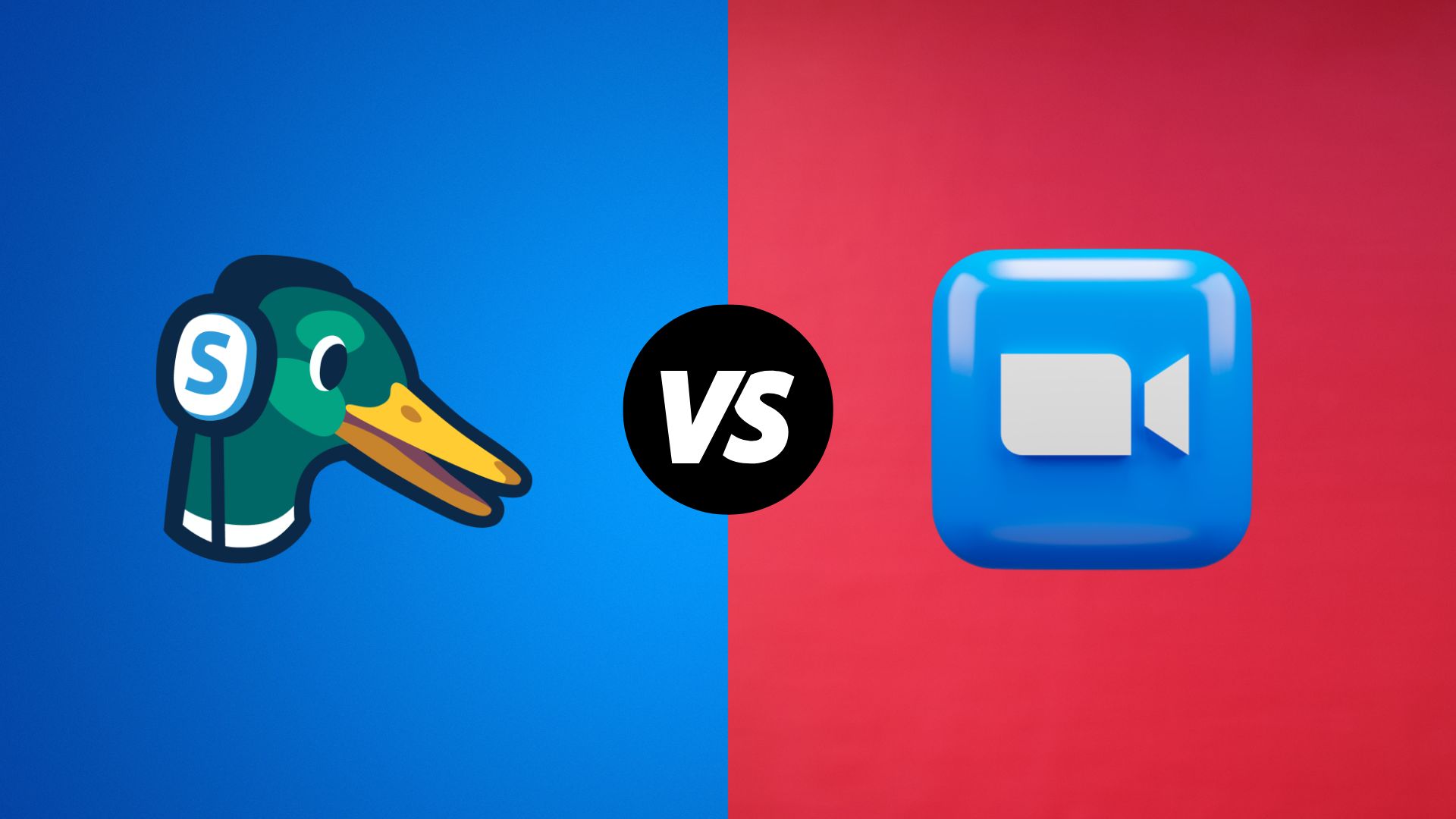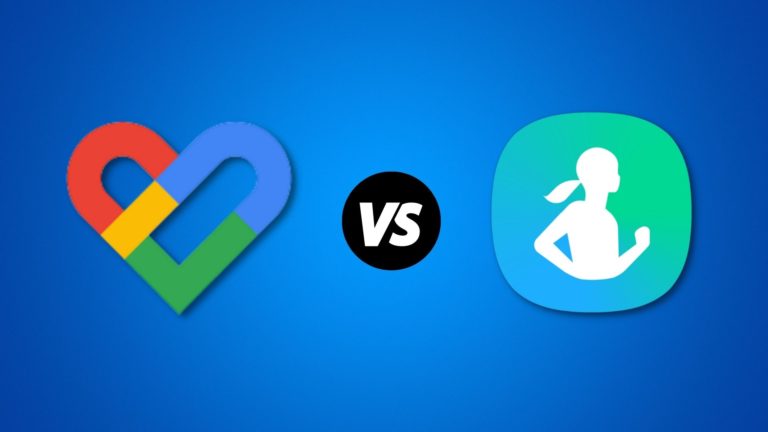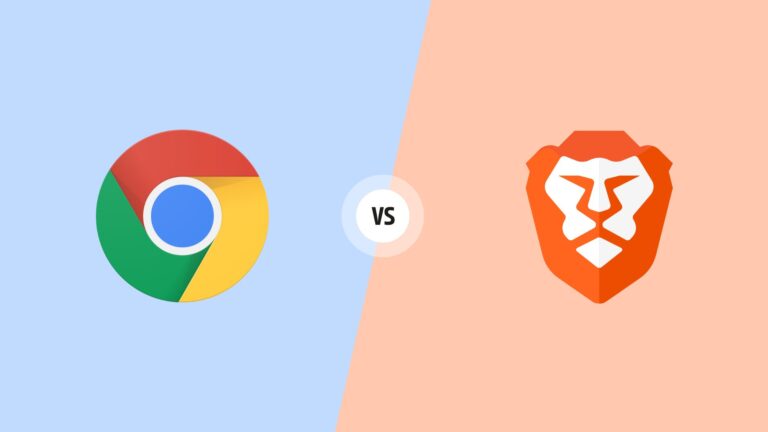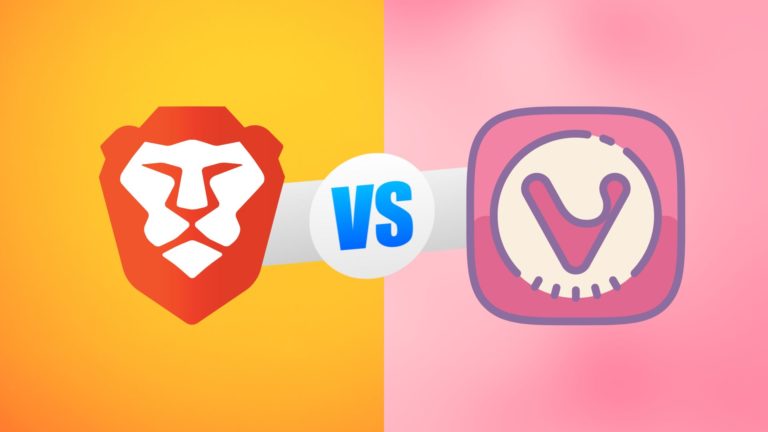As the world is rapidly adapting to digital platforms, it is prudent for you to investigate live meeting software for your company and your team members. In our StreamYard vs. Zoom comparison review, we will examine the benefits and drawbacks of each video conferencing program. Even though both are wonderful, we wouldn’t recommend them to everyone because of their specific target audiences.
Zoom
Let us take a closer look at how Zoom operates. Zoom is a video conferencing service. Similar to Skype, zoom makes it simple and effective for users to participate in virtual meetings. One-on-one or customer service calls to huge webinars can be pulled off with Zoom’s interactive video conferencing feature set.
Users do not have to be concerned about compatibility issues because Zoom runs on most operating systems. It’s simple to operate and does not require any special training.
Zoom is a mobile app that may be used on a limited number of iOS and Android devices. Users must go through the App Store or Google Play to get Zoom on their mobile devices.
Instead of installing Zoom, you may use it directly from your browser. Zoom meetings may be accessed directly from the website after you’ve signed up for an account.
StreamYard
Users may stream their display, interview guests, chat, and debate anything using StreamYard’s browser-based live-streaming studio. YouTube, Facebook, Linkedin, and other networks may be immediately broadcasted.
Since the service is browser-based, you don’t need to download an app to utilize it. You only need to provide your email address and password to get started. The platform is great for live interviews since it allows up to ten people to participate at once.
One of its finest aspects is that you can communicate with your audience and make them feel special by displaying their remarks on the screen.
If you joined up with your phone and were invited as a guest, you will not be able to screen share. If you’re looking to broadcast, StreamYard is your best bet.
Zoom vs StreamYard: Features
Zoom Features
More participants: Free meeting participation is available for as many as 100 individuals on Zoom. With StreamYard, the number is reduced to just six.
End-to-end encryption: Your calls and texts sent through Zoom are encrypted from beginning to end. StreamYard makes advantage of 256-bit encryption; however, the data is not encrypted from beginning to finish.
Native desktop app: Zoom is equipped with a native desktop application for desktop computers.
Virtual backgrounds: Zoom allows you to add a picture to the backdrop as a virtual background. This feature is available through StreamYard; however, you will need a green screen to use it.
Scheduling a Meeting: Zoom allows scheduling meetings at no additional cost. This feature is available from StreamYard, but only in the subscription plans.
StreamYard Features
Streaming: allows you to broadcast content from your camera as well as the screen of your computer on major websites such as YouTube, Facebook, Twitch, and Periscope.
Personalization: Tailor the recording space to the aesthetic of your company. You can change the name, title, background color, and theme, among other things.
Embed and share recordings: Recordings may be embedded on your site and shared with the world using this website, allowing users to share their movies.
Similar Features
No user account is necessary: You do not need to have an account to participate in meetings using either of these platforms. However, to host meetings, you will need a separate account.
Browser-based: There is no requirement for you to install the program on your personal computer.
Commenting: You can send private notes to attendees of the meeting or share your thoughts with the entire group.
Silence participants: As a host, you can mute participants. In terms of price, they are worlds apart. For example, Zoom’s add-ons and price tiers may be customized for your business. It’s all basic using StreamYard, which provides a wide variety of options.
Zoom vs StreamYard: Pricing
StreamYard
The free lifetime plans offered by both services are worth trying out before making a final selection. Both services. However, suppose you require more capability and want your broadcasts to appear and feel more professional. In that case, you may want to check their subscription options.
If you go with the most basic package, StreamYard will set you back $30-$40 each month. It’s easy to use, and it’s obvious what each function does. Then then, if you’re having difficulties picking, you can always contact their customer service or sales staff to find the perfect package for your requirements.
Zoom
Zoom, on the other hand, charges between $15 and $20 each month. It’s a lot less expensive, but there are several add-ons you may purchase to fit your specific requirements. Right now, it’s a little too difficult to go into detail about. As long as your conference doesn’t involve more than 1,000 attendees, you don’t need this.
Which App is Right for You
For those of you who are still undecided, we are going summing up the whole thing for you. Honestly, if you want to compare these two systems fairly, there’s no comparison.
Because they’re truly two separate programs. In terms of features and cost, they’re vastly different. Our preference is Zoom because it is designed for large meetings with many participants and can manage lots of traffic. StreamYard, on the other hand, is designed to let content producers engage with their viewers via live streams.
Final Thoughts !
Zoom is a good option if you need an application that can not only host but also participate in and record meetings. It is the greatest choice available at this time. On the other hand, if you require a program that can stream and record events and meetings, my recommendation would be StreamYard. Please remember that the free streaming service StreamYard provides is only good for a maximum of 20 hours per month.






